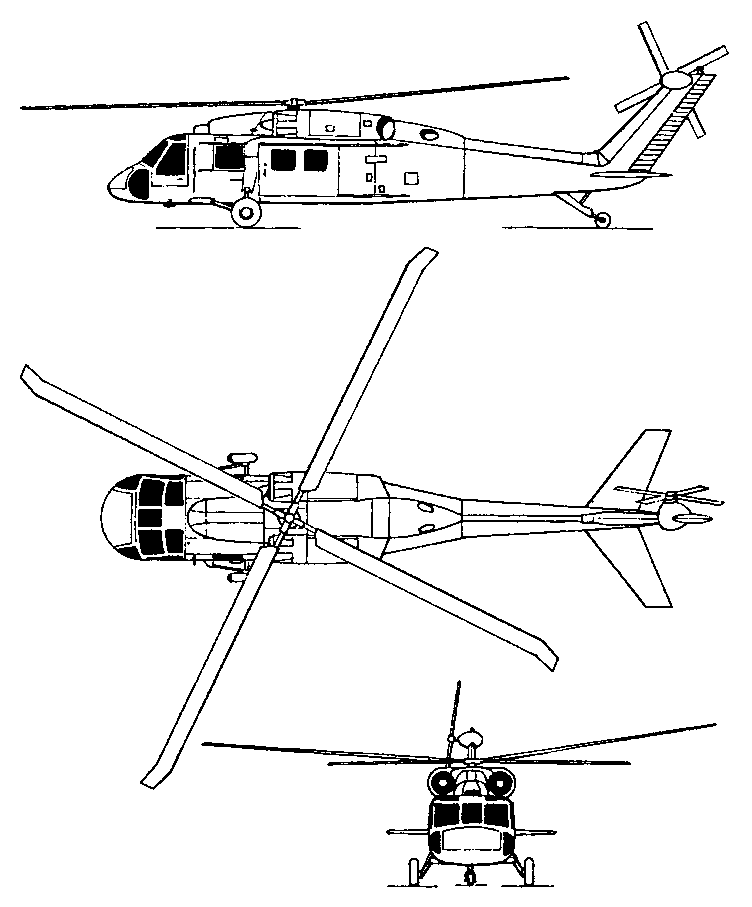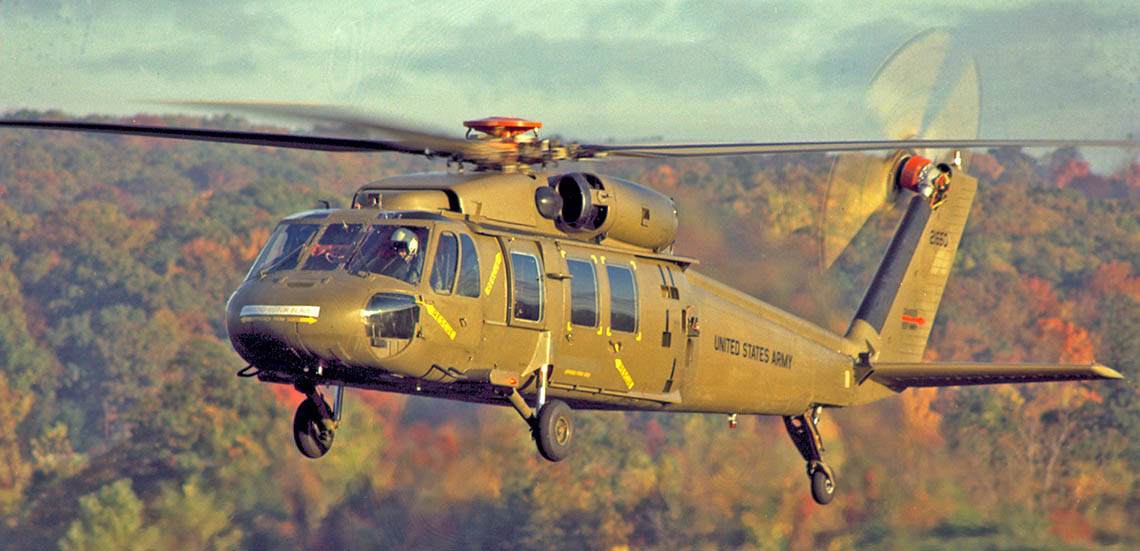Sikorsky S 70: Enhancing Helicopter Efficiency and Convenience
Next-Generation Utility Helicopter Furnished With High-Tech Systems and Cutting-edge Style Functions
In the world of aviation, the advancement of energy helicopters has actually been marked by a continuous drive in the direction of innovation and technological improvement. The most up to date version of utility helicopters stands for a leap ahead in aeronautical engineering, flaunting an array of state-of-the-art systems and innovative design features that redefine the capabilities of these versatile airplane. From innovative avionics assimilation to advanced functionality, this next-generation energy helicopter establishes a new criterion in performance, security, and functional effectiveness. As we explore the details of its ingenious layout components and boosted performance capabilities, a glimpse right into the future of helicopter modern technology unfolds, guaranteeing a transformation in energy aviation.
Advanced Avionics Assimilation
Integrating cutting-edge avionics systems boosts the functional capabilities and safety attributes of the next-generation utility helicopter. These advanced avionics innovations play an essential function in improving situational recognition, navigation accuracy, and overall mission efficiency. By integrating modern systems such as digital glass cabins, fly-by-wire controls, and progressed interaction collections, the helicopter obtains enhanced dexterity, responsiveness, and effectiveness in different functional circumstances.
The digital glass cockpit provides pilots with an extensive screen of flight data, navigating information, and sensing unit inputs, permitting easier data processing and decision-making throughout goals. Fly-by-wire controls supply flexible and precise handling attributes, boosting ability to move and responsiveness while lowering pilot workload. In addition, the innovative interaction collections enable smooth integration with ground control, other airplane, and command facilities, making certain effective control and real-time information exchange.

Cutting-edge Layout Elements
The unification of innovative design aspects in the next-generation energy helicopter establishes new standards for effectiveness and performance in airborne procedures. Among the standout design attributes is the helicopter's streamlined fuselage, which not just boosts aerodynamics yet additionally enables enhanced speed and ability to move. Using lightweight composite products in the construction even more contributes to sustain effectiveness and haul abilities.

In addition, the helicopter's ingenious rotor system, including sophisticated blade designs and products, improves lift capabilities while minimizing sound levels. This design component not only improves general efficiency however also lowers the environmental impact of the airplane (sikorsky s 70). Generally, the ingenious style components incorporated into the next-generation utility helicopter represent a substantial jump onward in airborne innovation, establishing brand-new requirements for functional effectiveness and goal effectiveness
High-Tech Safety And Security Systems
With an emphasis on boosting operational safety and security, the next-generation utility helicopter is furnished with sophisticated sophisticated security systems. This system uses modern sensors and software application to determine potential obstacles in the helicopter's trip course, supplying real-time signals to the pilot and making it possible for speedy incredibly elusive activity.
Furthermore, the next-generation utility helicopter is equipped with an extensive health and usage monitoring system (HUMS) HUMS continuously checks different components of the helicopter, discovering any anomalies or possible problems before they rise into security threats. This positive method to maintenance improves the general security and top article reliability of the airplane, minimizing the threat of in-flight emergency situations.
In addition, the helicopter is furnished with an advanced autopilot system that not just assists the pilot in keeping steady trip problems yet also includes functions such as auto-hover and auto-land capacities, better boosting safety throughout essential phases of flight. These state-of-the-art security systems jointly add to making the next-generation energy helicopter a dependable and safe and secure system for various objectives.
Improved Efficiency Abilities
To build upon the foundation of advanced safety and security attributes, the next-generation utility helicopter showcases a remarkable variety of boosted efficiency capacities developed to raise its functional performance and efficiency. One vital element adding to its read the article enhanced performance is the unification of innovative propulsion systems, such as more effective engines or advanced rotor designs. These enhancements result in boosted speed, agility, and general ability to move, permitting the helicopter to react promptly to altering operational needs.
In addition, the next-generation utility helicopter is equipped with state-of-the-art avionics systems that boost situational understanding for the pilots. These systems include progressed navigating tools, communication systems, and integrated sensors that provide real-time data to assist decision-making processes. By leveraging sophisticated modern technology, the helicopter can operate extra properly in varied environments and weather, making certain goal success.
Additionally, the improved efficiency capacities extend to the helicopter's haul capability and functional variety. Through ingenious layout features and materials, the helicopter can carry heavier tons over longer ranges, providing to a variety of goal needs. This enhanced effectiveness not just enhances logistics yet likewise expands the helicopter's adaptability in various operational circumstances.
State-of-the-Art Functionality
Including cutting-edge technology and progressed design, the next-generation utility helicopter exhibits state-of-the-art capability. This helicopter is furnished with a series of innovative features that enhance its functional capacities and performance. One key facet of its capability is the sophisticated avionics systems that provide pilots with real-time data and improved situational understanding, making it possible for exact navigating and goal implementation also in challenging atmospheres.

Additionally, the helicopter's state-of-the-art communication systems ensure seamless connectivity with ground control and other airplane, facilitating coordinated procedures and swift response to dynamic scenarios. The integration of innovative sensors and security devices better boosts the helicopter's performance by enabling extensive tracking and intelligence-gathering capabilities.
Furthermore, the helicopter's flexible flight control systems and automated features streamline operations, minimize pilot work, and guarantee ideal efficiency during numerous missions. sikorsky s 70. The incorporation of cutting-edge materials and wind resistant layout aspects also add to the helicopter's performance, agility, and overall capability, making it a trusted and flexible property for a variety of energy goals
Final Thought

The most recent model of energy helicopters represents a jump ahead in aerial design, flaunting an array of sophisticated systems and innovative layout features that redefine the capacities of these flexible aircraft.Integrating advanced avionics systems improves the operational capabilities and safety and security functions of the next-generation energy helicopter.With an emphasis on boosting functional safety and security, the next-generation energy helicopter is outfitted with innovative high-tech safety systems.Moreover, the next-generation energy helicopter is geared up with advanced avionics systems that improve situational recognition like it for the pilots.In conclusion, the next-generation energy helicopter showcases innovative avionics assimilation, innovative layout components, sophisticated security systems, boosted efficiency abilities, and modern capability.